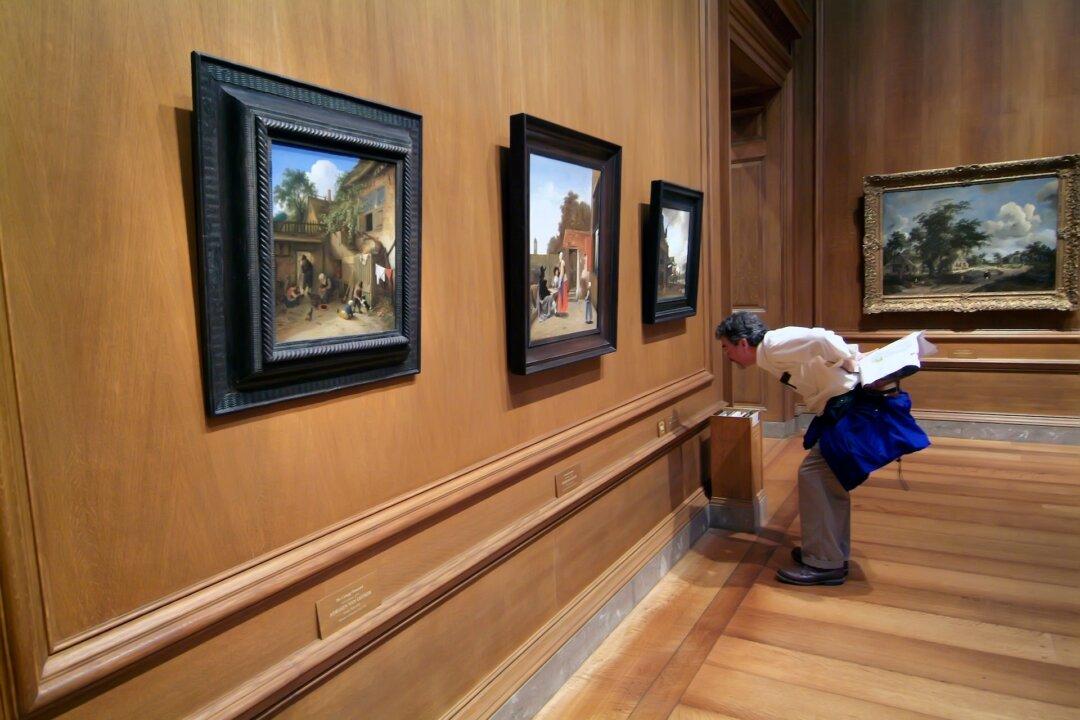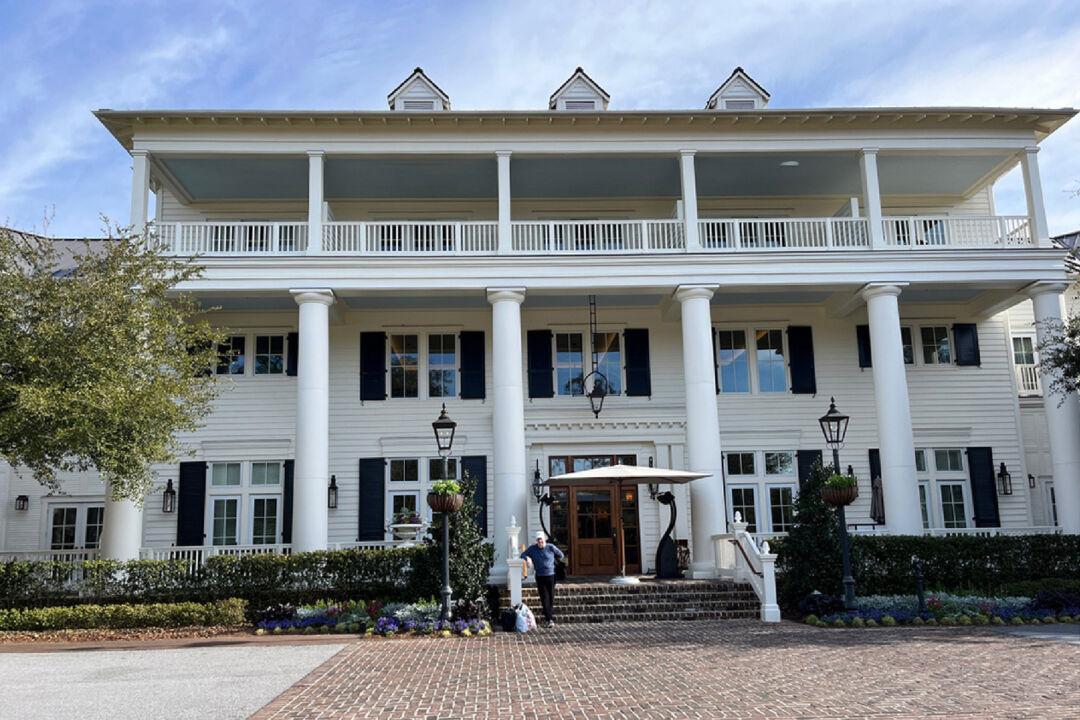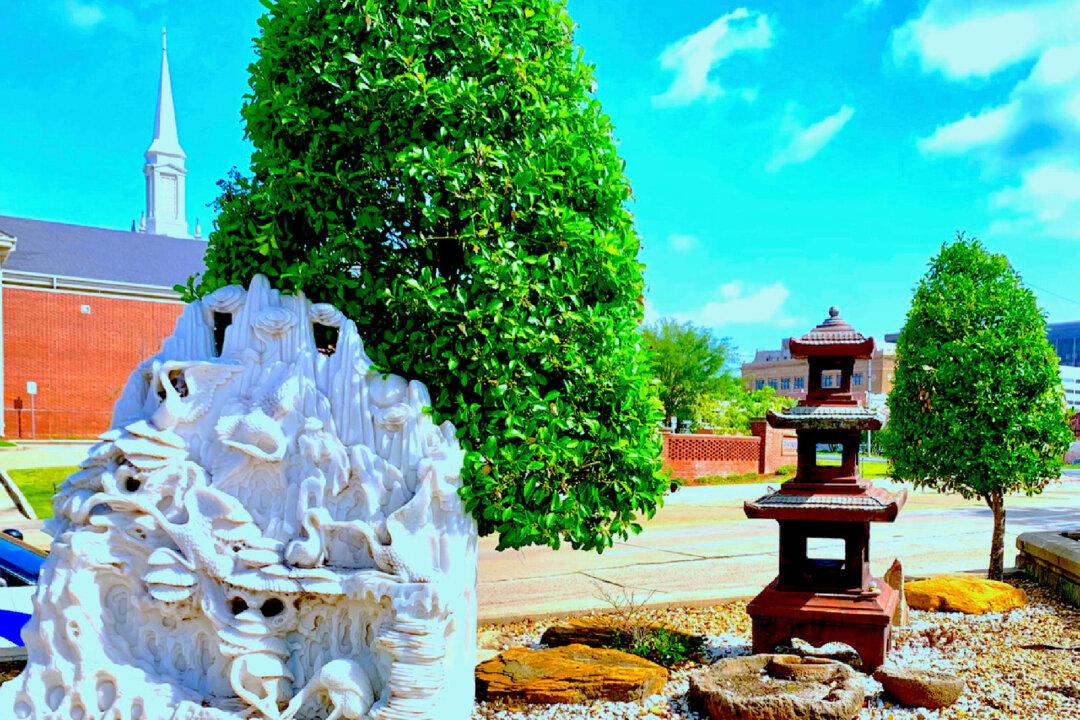One of my favorite childhood memories was an exciting weekend in the small town of Cherokee in western North Carolina. I recall that at that time several tame black bears were chained at the street corners, and cars stopped to feed them.
The town, as far as I knew, was one wondrous street with Native Americans in feather headdresses inviting us into their stores, where my siblings and I found fascinating handmade items. My brother chose a small drum and corncob pipe, while my sister was thrilled with the child-size bows and arrows. I chose a pair of soft deerskin leather moccasins with decorative beadwork on the toes.
I have always wanted to return to Cherokee, and recently I finally did. The town is much larger, and while this generation of Cherokees enjoy a lifestyle typical of most Americans, they have diligently kept alive their culture, history, arts, and language. Happily, the captive bears were gone.
During the summer months, locals perform the outdoor drama “Unto These Hills” in a huge stone amphitheater, which has 2,100 comfortable chair-style seats on the original stone steps. Actors in costumes typical of their ancestors present the true, heartbreaking story of the Trail of Tears, in which thousands of indigenous people were forced to walk 1,200 miles to relocate to what is now Oklahoma.
In the center of Cherokee is a shallow, rocky creek, a good place for picnicking, wading, and just enjoying life. The little shops still offer an array of treasures for visitors, and there are lots more of them. One man in native dress performs Cherokee dances in a small area on the main street.





